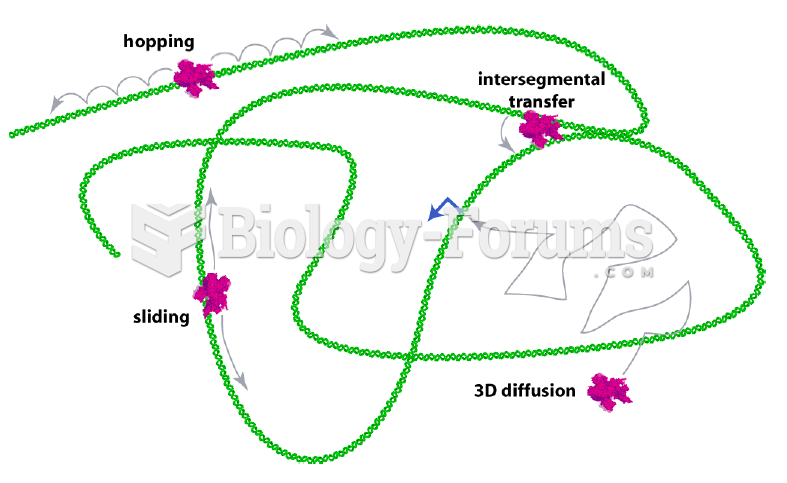Answer to Question 1
A spiral density wave is a stable concentration of interstellar gas and dust. Clouds of gas and dust moving at different orbital velocities approach the dense area of the wave and collide with the material in the density wave. This collision increases mass density and triggers star formation.
The young stars created in this process will include O and B stars, which will make the arms visible with their high luminosity. The OB associations will create emission nebulae, causing a wave of star formation. The newly-formed stars will continue on the orbital track of the original cloud, passing through the leading edge of the density wave and continuing through the disk. The short-lived O and B stars will go through their entire evolutionary cycle before exiting the area of the density wave, so they are only seen in the region of the wave.
Answer to Question 2
After the Principia was published, physicists and astronomers understood that the motions of celestial bodies are governed by simple, universal rules that describe the motions of everything from orbiting planets to falling apples. Suddenly the Universe was understandable in simple terms, and astronomers could accurately predict future planetary motions.
The Principia also changed science in general. The works of Copernicus and Kepler had been mathematical, but no book before the Principia had so clearly demonstrated the power of mathematics as a language of precision. Newton's arguments in his book were such powerful illustrations of the quantitative study of nature that scientists around the world adopted mathematics as their most powerful tool.
Finally, the Principia changed the way people thought about nature. Newton showed that the rules that govern the Universe are simple. Particles move according to just three laws of motion, and attract each other with a force called gravity. These motions are predictable, and that makes the Universe seem like a vast machine, but one whose operations are based on a few simple rules. The Universe is complex only in that it contains a vast number of particles. In Newton's view, if he knew the location and motion of every particle in the Universe, he could, in principle, derive the past and future of the Universe in every detail. This idea of mechanical determinism has been modified by modern quantum mechanics (laws that govern behavior of particles inside atoms), but it dominated science for more than two centuries. During those years, scientists thought of nature primarily as a beautiful clockwork that would be perfectly predictable if they knew how all the gears meshed.







